'This is how the countryside looked to Gilbert White, to Thomas Hardy, even to Shakespeare and Chaucer': The forgotten corner of the world where King Charles has poured his energy into preserving an all-but-extinct way of life
The historic buildings of a Transylvanian settlement have been restored and preserved with the help of several foundations and backed by The King’s personal enthusiasm. Jeremy Musson reports on this remarkable place; photographs by Paul Highnam.
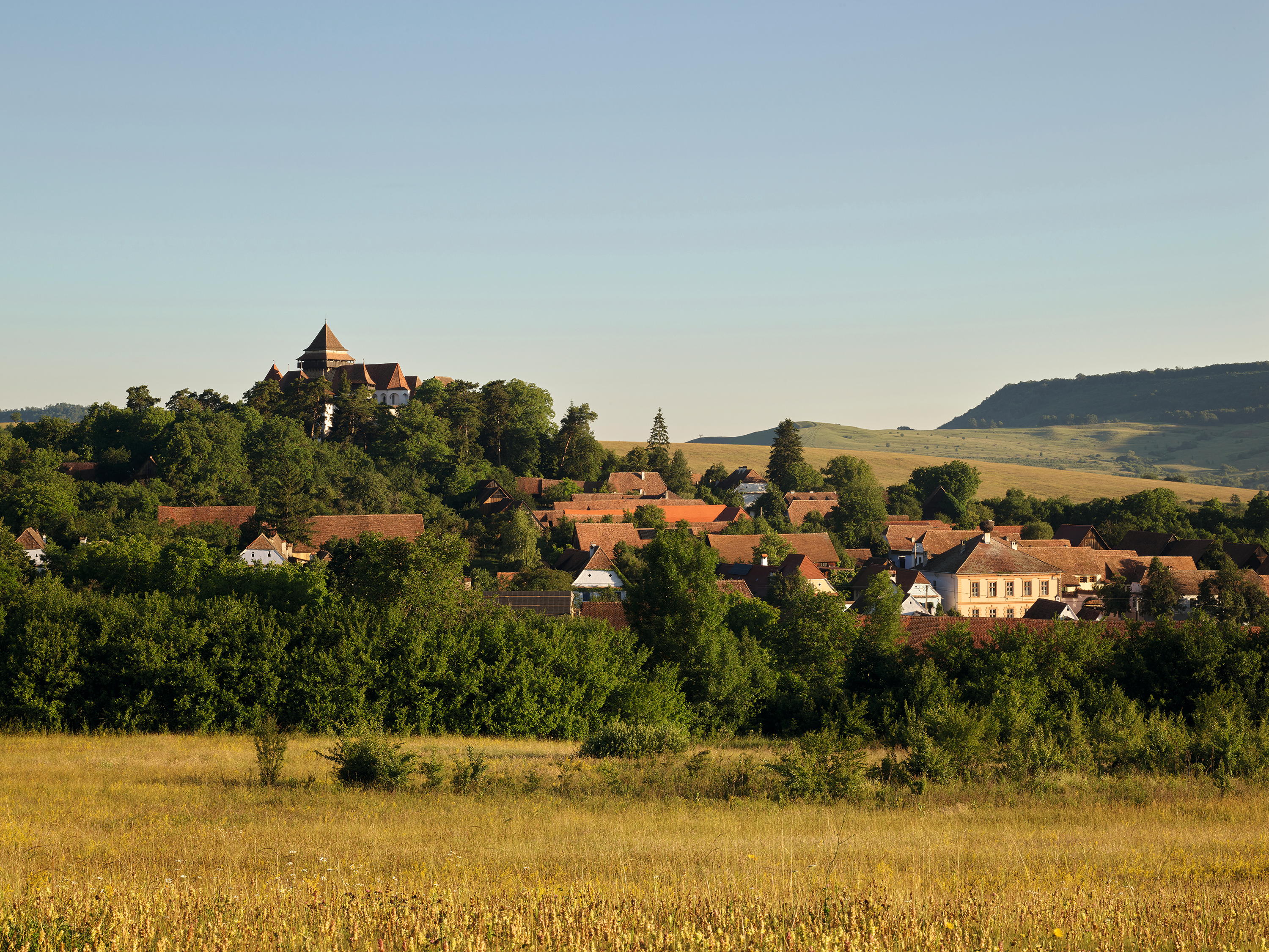
Viscri in southern Transylvania is one of a group of seven Saxon villages declared a World Heritage Site by UNESCO in 1999. All sit within a landscape of rolling hills and open valleys, ringed by the Carpathian mountains, and remain part of a traditional way of life linked to the seasons. Today, several charitable foundations — including the King Charles III Charitable Fund and the Mihai Eminescu Trust (MET) — help protect the village’s built heritage and support the local community, as others, such as Fundația ADEPT, work to preserve the continuity of its agricultural economy.
In Viscri, cattle are let out from farmsteads to be driven down the main street to pasture in the morning (Fig 9), returning in the evenings. The surrounding hay meadows have, so far, largely been spared industrial farming practices and their rich biodiversity offers an insight into an interdependence with Nature that has all but vanished in Europe.
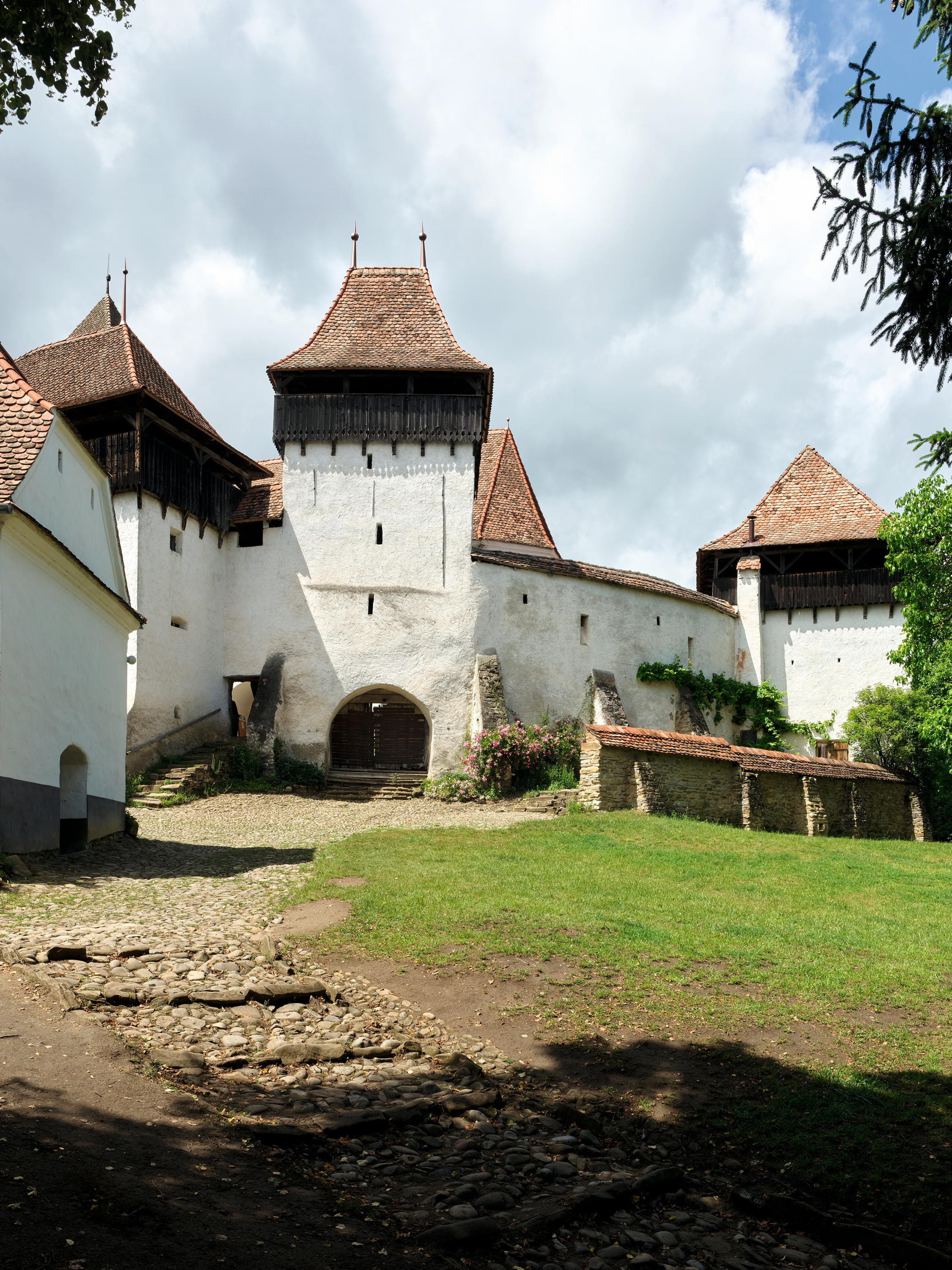
Fig 2: First established in the 12th century, the church is encircled by fortifications. The Saxon villages were a bulwark against Ottoman expansion.
At Viscri’s main crossroads is a farmstead restored by the King Charles III Charitable Fund. Now called the King’s House, this pair of blue-washed buildings has shuttered windows under clay-tile roofs, linked by a high wall and gateway (Fig 6). It provides a model of a repaired and sensitively extended farmstead and is used to promote the conservation and use of traditional building practices.
As well as temporary installations, the King’s House hosts permanent exhibitions on tile-making, on the multi-artist Transylvania Florilegium and on groups such as Asociația Monumentum, founded in 2016 by architect Eugen Vaida. It runs the Ambulance for Monuments (Ambulanța pentru Monumente) project, which rescues derelict buildings using specially trained working parties largely composed of volunteers. There are 3,000 volunteers in all and they have saved more than 100 historic listed sites since 2016.
Viscri’s high street is a picturesque sequence of farmhouses, with frontages of rendered and painted brick under half-hipped clay-tile roofs. Most houses were rebuilt in the 18th century and the overall consistency of vernacular architecture is notable, but the gable ends fronting the street and gateways through to the farmyards have a subtle and delightful variety, as do the colours of the limewashed façades (Fig 7). The fortified church that rises over the village (Fig 1) was probably begun in the 12th century and has been much adapted since. It is dominated by a steep, stately roof, held in the embrace of protective walls punctuated by a series of 15th-century towers (Fig 2).
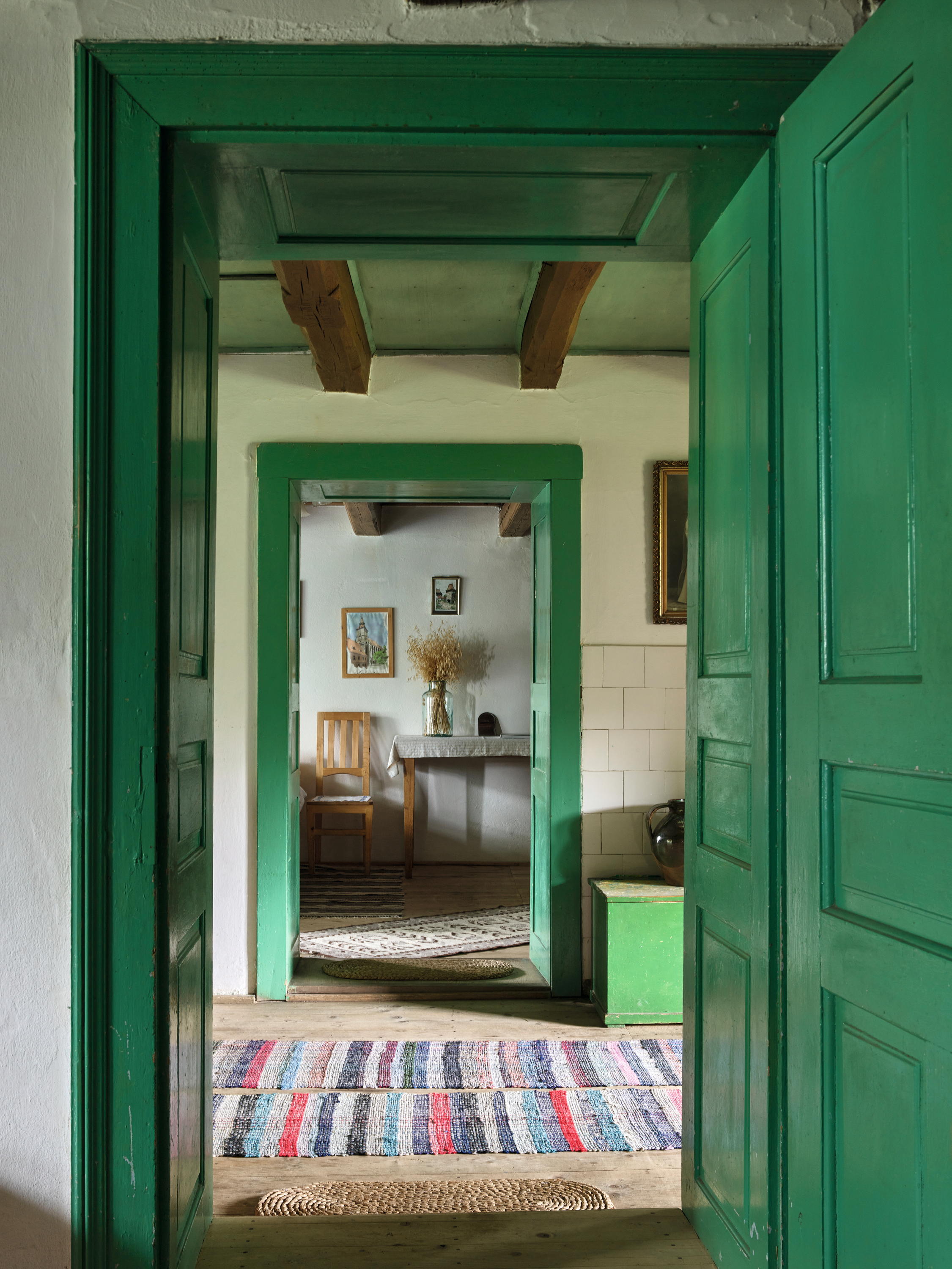
Fig 3: The colourful simplicity of traditional decoration in one restored farm interior.
These fortified churches symbolise the history of such Saxon villages. They began as settlements of German-speaking peoples from the Rhineland and the Moselle region in the 12th and 13th centuries, with Hungarian kings inviting immigration so these settled communities would act as a bulwark against Ottoman invasion from the east. As a result, these communities had certain autonomous rights. They converted to Lutheranism in the 16th century, which reinforced their distinct cultural identity under Catholic (later Orthodox) monarchies. Disciplined and industrious, these Transylvanian Saxon farmers and traders played an important role in the economies of the Hungarian and Austro-Hungarian, and subsequently united Romanian, kingdoms.
Viscri, together with other local villages, experienced difficult times and mass emigration in the late 20th century. Romania was a German ally at the start of the Second World War and its Soviet-controlled postwar government persecuted the German-speaking Saxon communities, confiscating land and interning their men in Soviet labour camps from which many never returned.
Exquisite houses, the beauty of Nature, and how to get the most from your life, straight to your inbox.
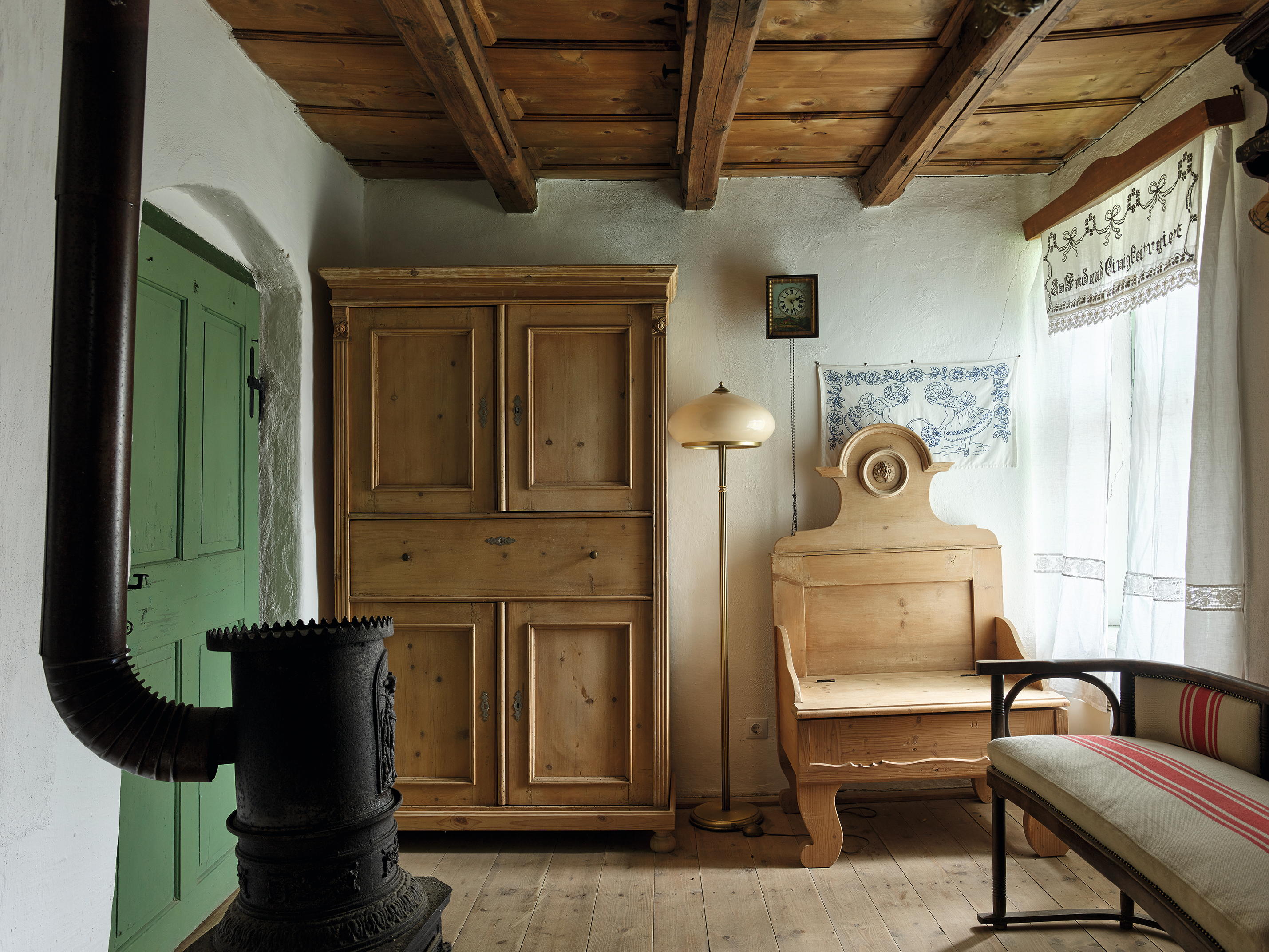
Fig 4: A typical Saxon bedroom warmed by a stove in the King’s House.
There was a process of emigration to Germany in the last years of Nicolae Ceaușescu’s dictatorship (which Ceaușescu exploited financially) and, after the fall of communism, many left for the newly united Germany. Villages were consequently left with small German-speaking populations and partially abandoned. They have since been gradually re-populated by Romanian and local Roma families. The last years of the old agricultural world of the Saxons are captured in Along the Enchanted Way (2009) by Transylvanian resident William Blacker, who has since been involved in the pioneering restorations and rescues of many historic buildings with MET, The King’s Foundation and the Asociația Monumentum.
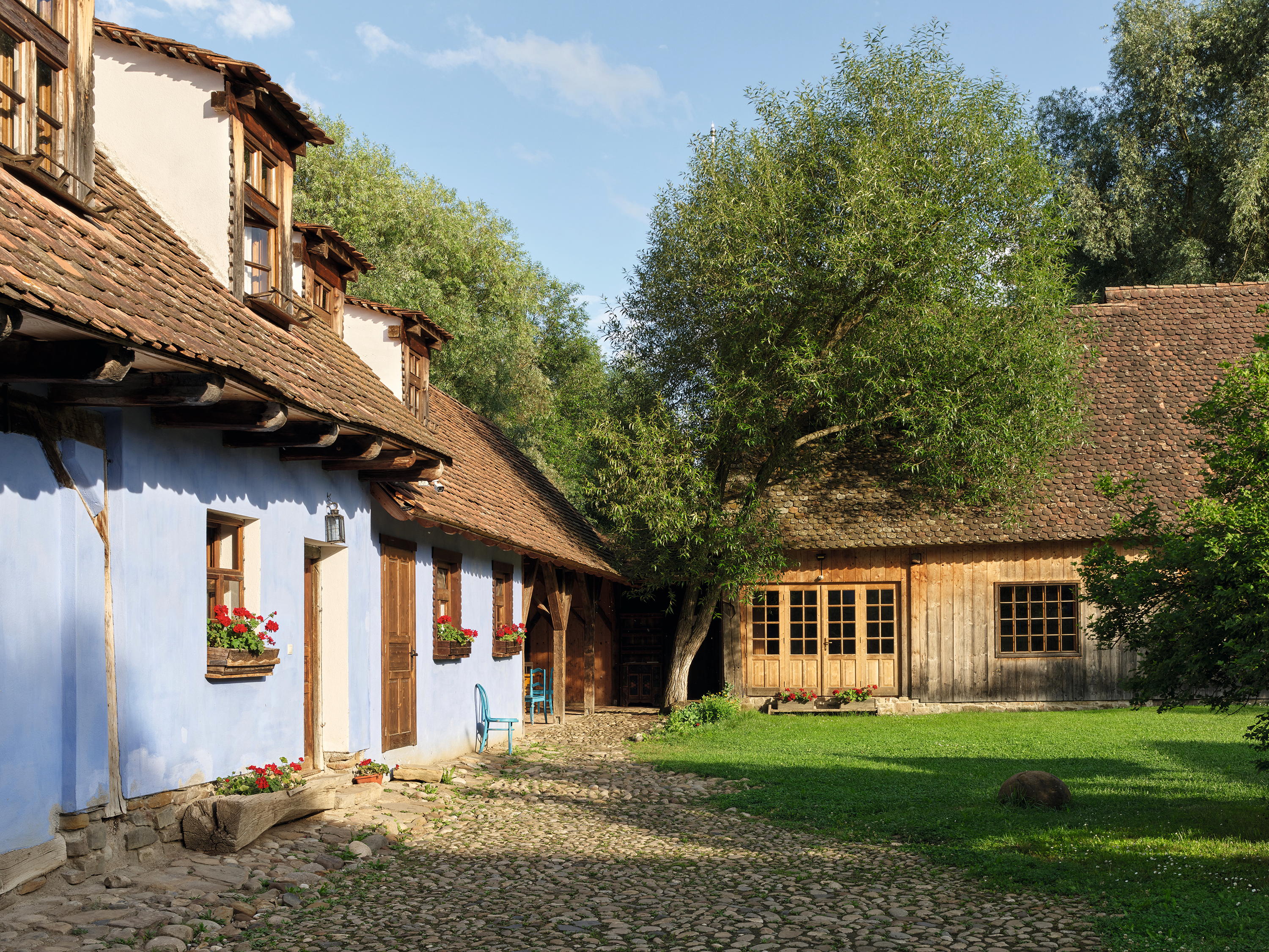
Fig 5: The yard of the King’s House. The long barn to the right now serves as an exhibition space.
The King, who began visiting Romania in 1998, was deeply impressed by Viscri’s untouched buildings and the authenticity of its grazing-based agriculture and hay meadows. As John Akeroyd writes in Historic Countryside of the Saxon Villages in Southern Transylvania (2006): ‘This is how the countryside looked to Gilbert White and John Clare, even to Thomas Hardy, a hundred years later, or indeed Shakespeare and Chaucer hundreds of years before.’
The King’s support for Romanian conservation has been outstanding and he has nurtured groups that are active in rescuing dilapidated buildings and encouraging conservation-minded repair. Mr Blacker says ‘it is not too much to say that without his help many of these initiatives would never have taken wing’. The King Charles III Charitable Fund acquired the house in Viscri in 2008. It fronts an almost enclosed farmyard with a long barn (scheune) across the opposite end of the yard (Fig 5). In 2008–10, a programme of conservation to the buildings was headed by Silvia Demeter Lowe, a former Society for the Protection of Ancient Buildings (SPAB) scholar originally from Brasov, an hour to the south-east.
The house was first used for volunteers and trainees and, for years, served as the base for summer schools in traditional skills training programmes run by the International Network for Traditional Building, Architecture and Urbanism (INTBAU), of which The King was a founder and is still patron.

Fig 6: The entrance to the King’s House. The walls are lime washed in hyacinth blue, a common local colour, with antimicrobial and insect-repelling qualities.
From 2015, a scheme of improvements and a sensitive extension to the King’s House had been carried out by London-based architect Alireza Sagharchi, current chair of INTBAU. In 2016–17, the converted 18th-century barn and farm court were augmented by a kitchen block, further accommodation and an open barn for outdoor training. The long barn was dismantled and re-erected using repaired original timbers, then extended, to allow for exhibitions and events.
The roof facing the inside of the courtyard retained the original clay tiles and a new wing, in traditional style and materials, was added to close the courtyard on one side. This includes a loggia in the manner of an open cart shed, which serves as a tea room. Heritage consultant Marta Fekete advised on the conservation of existing elements and part-reconstruction of the barn.
The client representatives were Count Tibor Kalnoky and Countess Anna Kalnoky, with the Countess masterminding the furnishing of the main house to reflect the traditions of the Saxon village farmhouse (Fig 4). This includes painted furniture, embroidered linens and needlework samplers, with a traditional ‘best room’ (stube/stuf). The hyacinth blue of the exterior is based on a local colour; the oxide blue limewash having antimicrobial and insect repellent qualities. The blue contrasts with the deep red brown of the clay roofs and an olive green is used for the shutters. The work is featured in Classicism at Home: Architecture of Alireza Sagharchi (2020).

Fig 7: The village street is lined by farms, their internal courtyards screened and entered through large gates. The gate is typically flanked by a gable end of the farmhouse.
In 2022, the King’s House was transformed by Raluca and Mihai Grigore — two young Romanians who left behind corporate careers in Bucharest — into a house museum and exhibition space dedicated to the enduring affection of The King to Romanian heritage and promoting the conservation of its architectural heritage and the rich biodiversity of its natural environment. The area beyond the long barn is still used as a kitchen garden by village children, through a project that teaches them to grow herbs and vegetables.
The lasting hope is that Viscri will encourage the sensitive modernisation of villages more widely in Transylvania. There has been outstanding work done in this regard by the MET Romania — the group is named after the great Romanian poet Mihai Eminescu — of which the president, Caroline Fernolend, is a Viscri resident and former councillor. She has been encouraging younger generations of Saxons, Romanians and Romas to see value in this heritage.
MET London was founded in 1987, by (among others) Jessica Douglas-Home, to support efforts to counter Ceaușescu’s systemisation policies that would have destroyed hundreds of historic villages. From 2000, when MET Romania was founded, it has implemented more than 1,300 projects in 45 villages and towns using craftsmen from the community. The work follows principles of minimum intervention and necessary repair. In Viscri much of the work was carried out from 2000, under the guidance of Romanian architect Gabriel Lambescu (d. 2006), who was succeeded by Jan Hülsemann, a German architect and expert in traditional crafts, until 2010. A broader vision for the territory’s landscape was laid down in Kim Wilkie’s 2001 report, A Future for the Mediaeval Landscape.
MET has also planted 3.5 million trees, improved roads and promoted responsible and appropriate cultural tourism. It has also acquired and managed some of the best examples of restored farmhouses as guest houses. Here, visitors can experience the timeless quality of the architecture in places furnished with traditional textiles and antique, hand-painted pieces, including traditional beds in deep drawers pulled out of chests (Fig 3). Such houses have become an important part of the sustainable economy of the village.
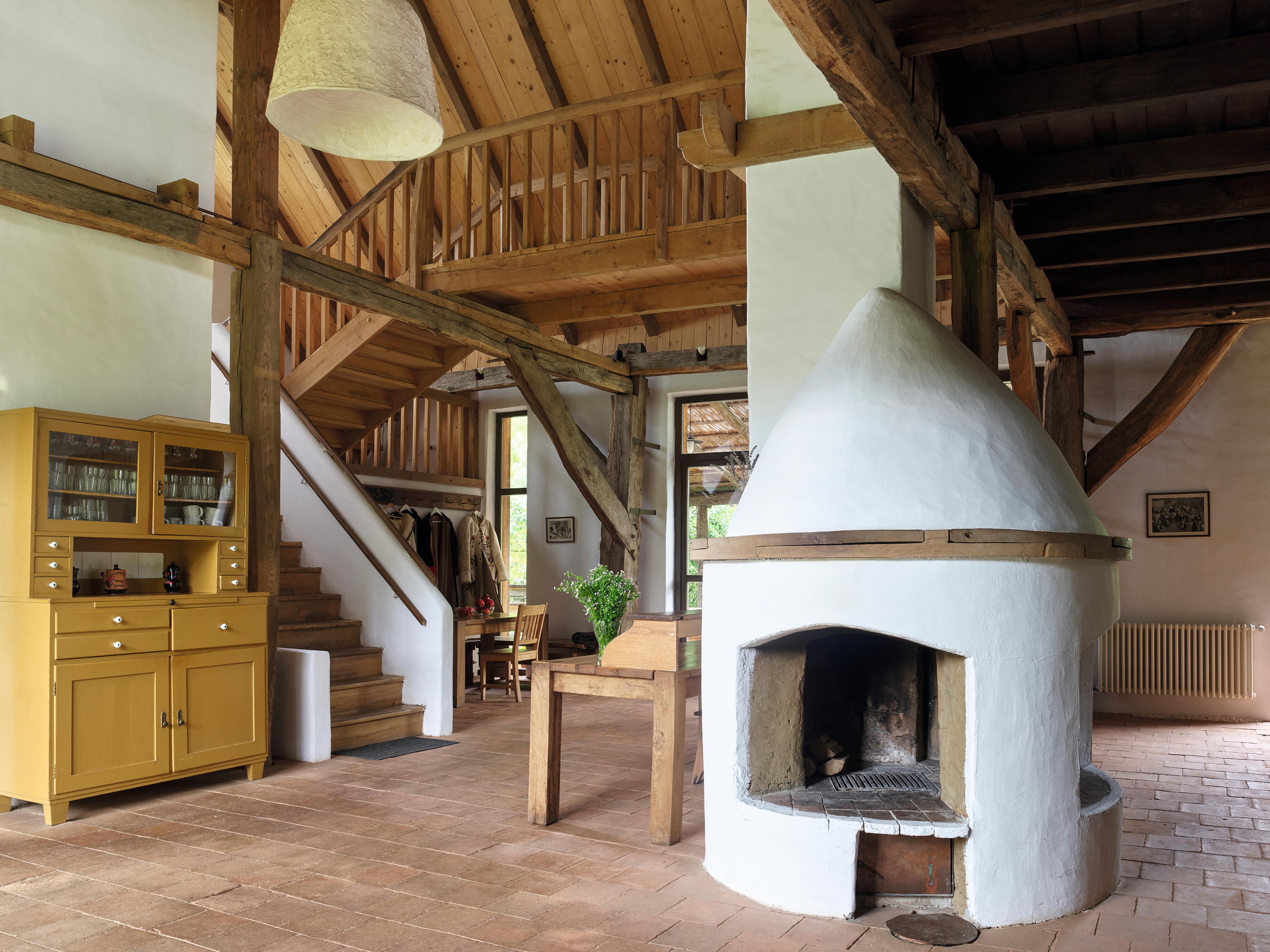
Fig 8: The barn of Viscri 125 with its central oven. The interior has been adapted into a restaurant by Romaninan architect Irina Băldescu. Traditional coats hang on the far wall.
Pro Patrimonio, the Romanian National Trust (‘Building nationhood’, September 4, 2024) owns another farmhouse and courtyard on the main street. Private guest houses include Viscri 125, owned by the Grigores since 2007, which has guest bedrooms across two farmyards and a barn adapted into a restaurant (Fig 8), with a terrace overlooking kitchen gardens. The designer was Irina Băldescu, a Romanian architect based in Italy, and an expert on medieval Transylvanian settlements.
The regional future of agriculture is at a crossroads and the Fundația ADEPT (set up in 2004) has taken a research-based approach to supporting a level of investment that will improve farming incomes, at the same time as protecting and enhancing a biodiversity almost unrivalled in Western Europe. The conservation of vernacular village architecture is not sustainable without taking the interest of local communities into account and benefiting the families who live and work there.
The area around these Saxon villages in Romania represents the most important survival of biodiverse and traditionally managed landscapes in Europe. ADEPT saw that conservation was focused on mountain wilderness areas, which are less biodiverse than traditional farmed landscapes, whereas rural development became focused on intensification with the intention of raising rural incomes. Therefore, over the past 20 years, ADEPT has worked to provide an economic context that rewards small-scale farming communities, such as Viscri, for traditional land management. Chairman Nat Page says: ‘As farmers need winter feed for their animals, every cow in the village is equivalent to two acres of hay meadow maintained. Loss of cows would lead directly to the loss of precious hay meadows: if farmers do not need them, they will not maintain them.’

Fig 9: Cows are driven down the village street to pasture every morning. Note the storks’ nest atop the chimney to the top right.
With ADEPT’s championing of local environmental protection, the landscape around Viscri and the other UNESCO villages now forms one of Europe’s largest areas (250,000 acres) of protected lowland farmed landscapes. ADEPT champions awareness of the links between traditional management and wild-species diversity. It has also helped develop small-scale food processing and marketing systems and the negotiation of fair prices for products, including helping to double the payment Viscri farmers receive for milk.
Viscri is in many ways a test case for living conservation, where heritage and Nature conservation operate hand in hand. The exemplary treatment of the King’s House and its role in promoting traditional skills has — alongside the work of the MET helped bring significant attention to the cultural value of these villages. Many challenges lie ahead, but other countries have much to learn from these inspired Romanian initiatives.
For more details, visit www.kccf.org.uk and www.mihaieminescutrust.ro/en
-
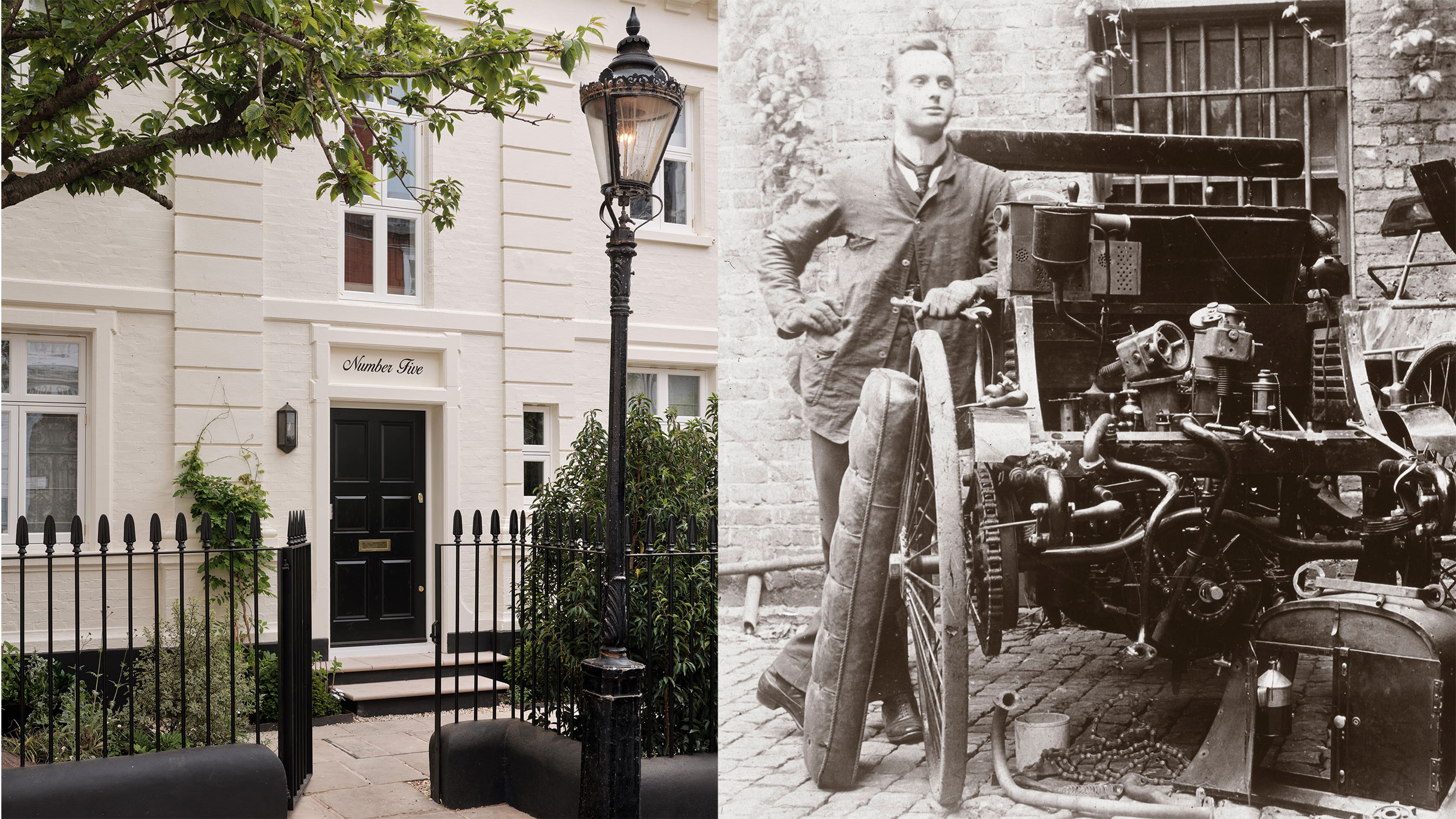 The London house where Rolls-Royce's co-founder Charles Rolls tinkered with his very first car is for sale at £17 million
The London house where Rolls-Royce's co-founder Charles Rolls tinkered with his very first car is for sale at £17 millionCharles Rolls, the engineer and co-founder of Rolls-Royce, got his hands dirty when using the stables of this fine London home as a makeshift garage. Annabel Dixon reports.
-
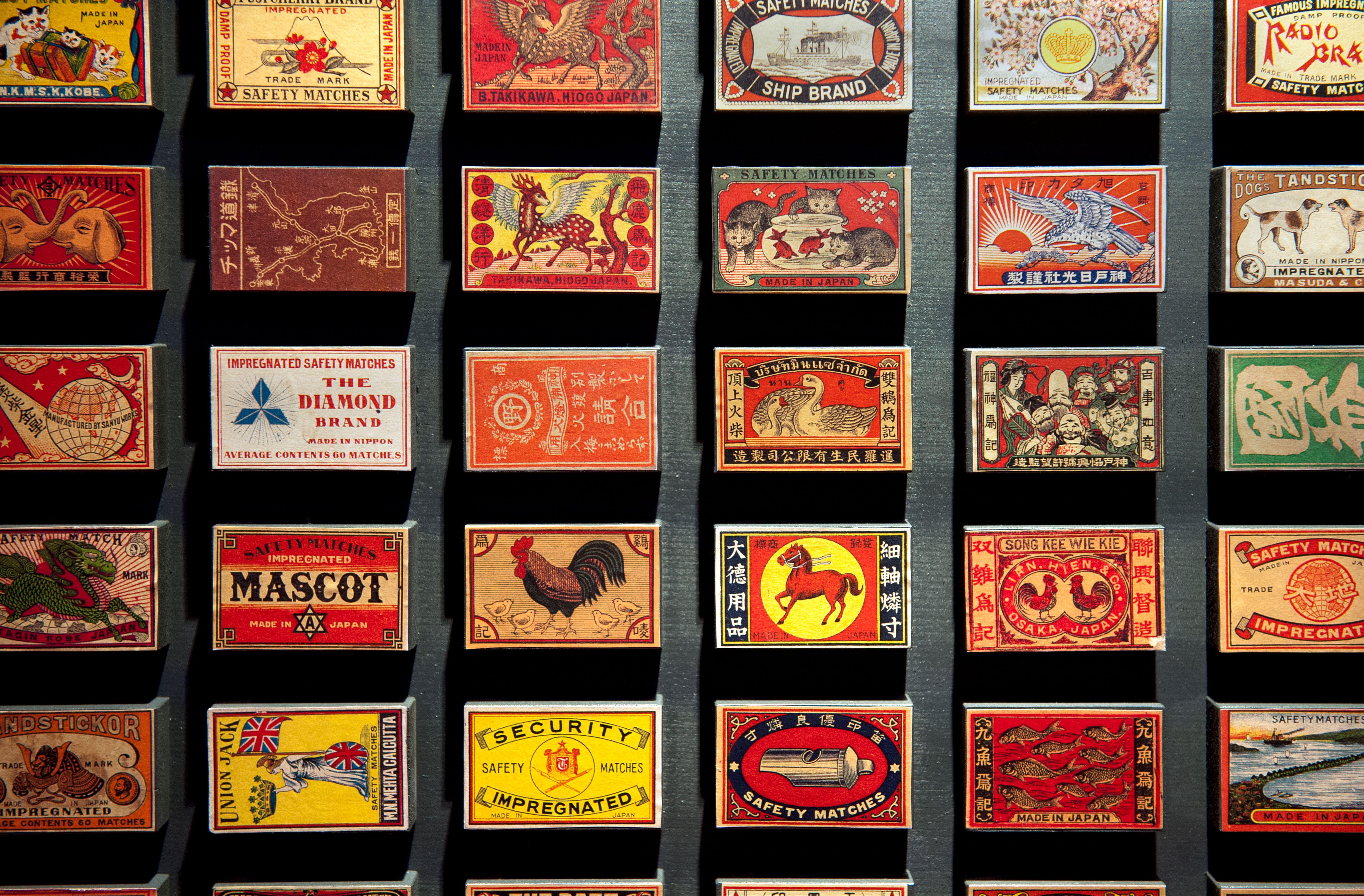 The sparkling history of the match and why its inventor never got the credit he deserved
The sparkling history of the match and why its inventor never got the credit he deservedWe’ve been using matches for 200 years–but, as Rob Crossan discovers, the story of how they came to be is far more colourful (and hair-raising) than we might imagine.
-
 Only a handful of Britain's great houses were photographed by Country Life in a ruinous state. This once splendid Gothic castle is one of them
Only a handful of Britain's great houses were photographed by Country Life in a ruinous state. This once splendid Gothic castle is one of themThis is the tragic tale of Tong Castle, a once great Georgian-Gothic castle that was eventually consumed by Nature.
-
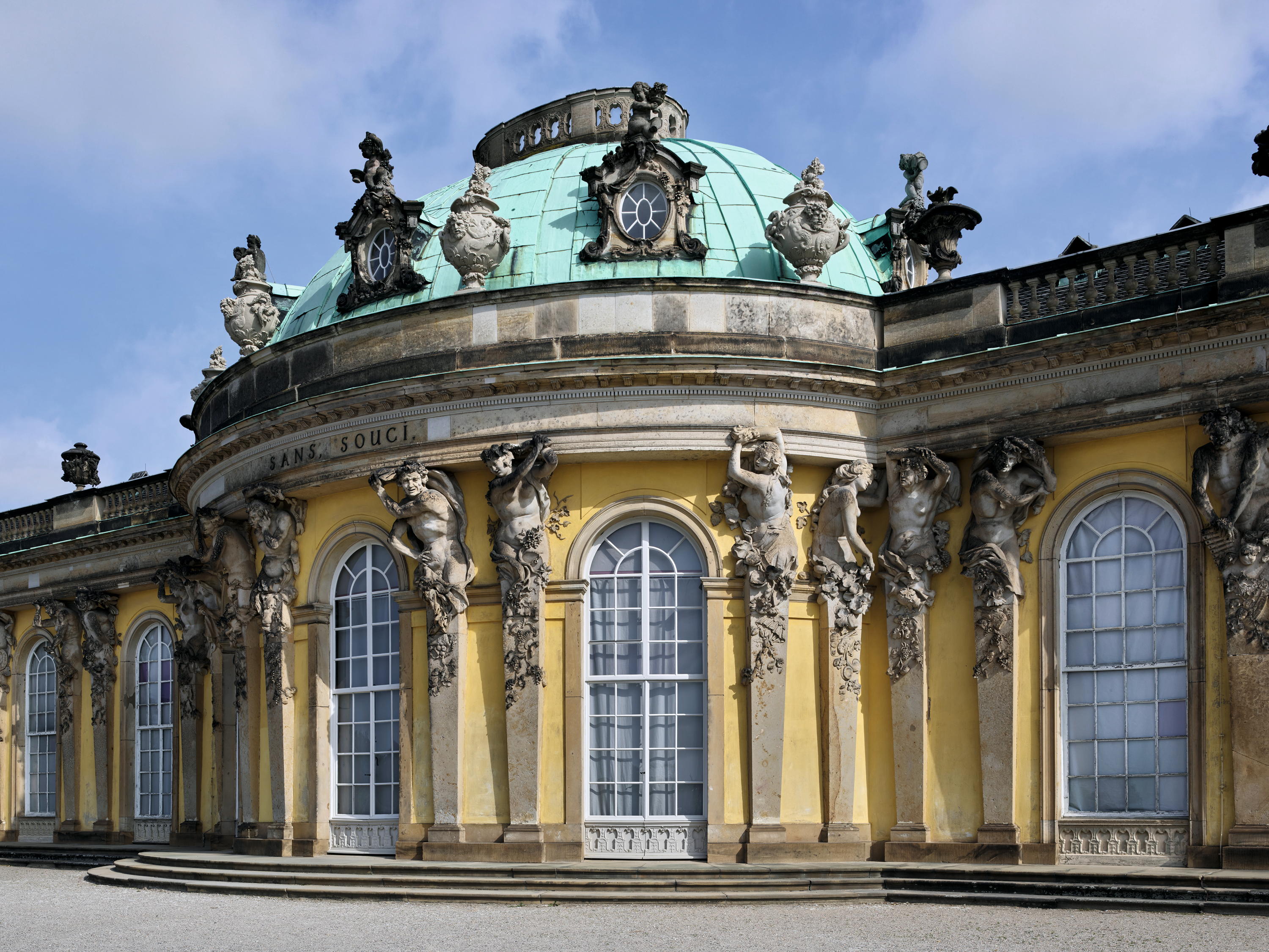 The Rococo jewel nestled into vineyard terraces that's a visual index of 'a king’s Enlightenment belief in knowledge, cultivation and the civilising power of Nature'
The Rococo jewel nestled into vineyard terraces that's a visual index of 'a king’s Enlightenment belief in knowledge, cultivation and the civilising power of Nature'A summer picnic in 1743 prompted Frederick the Great to create a retreat for himself outside his capital at Berlin. The result was the creation of Schloss Sanssouci in Brandenburg, as Aoife Caitríona Lau explains.
-
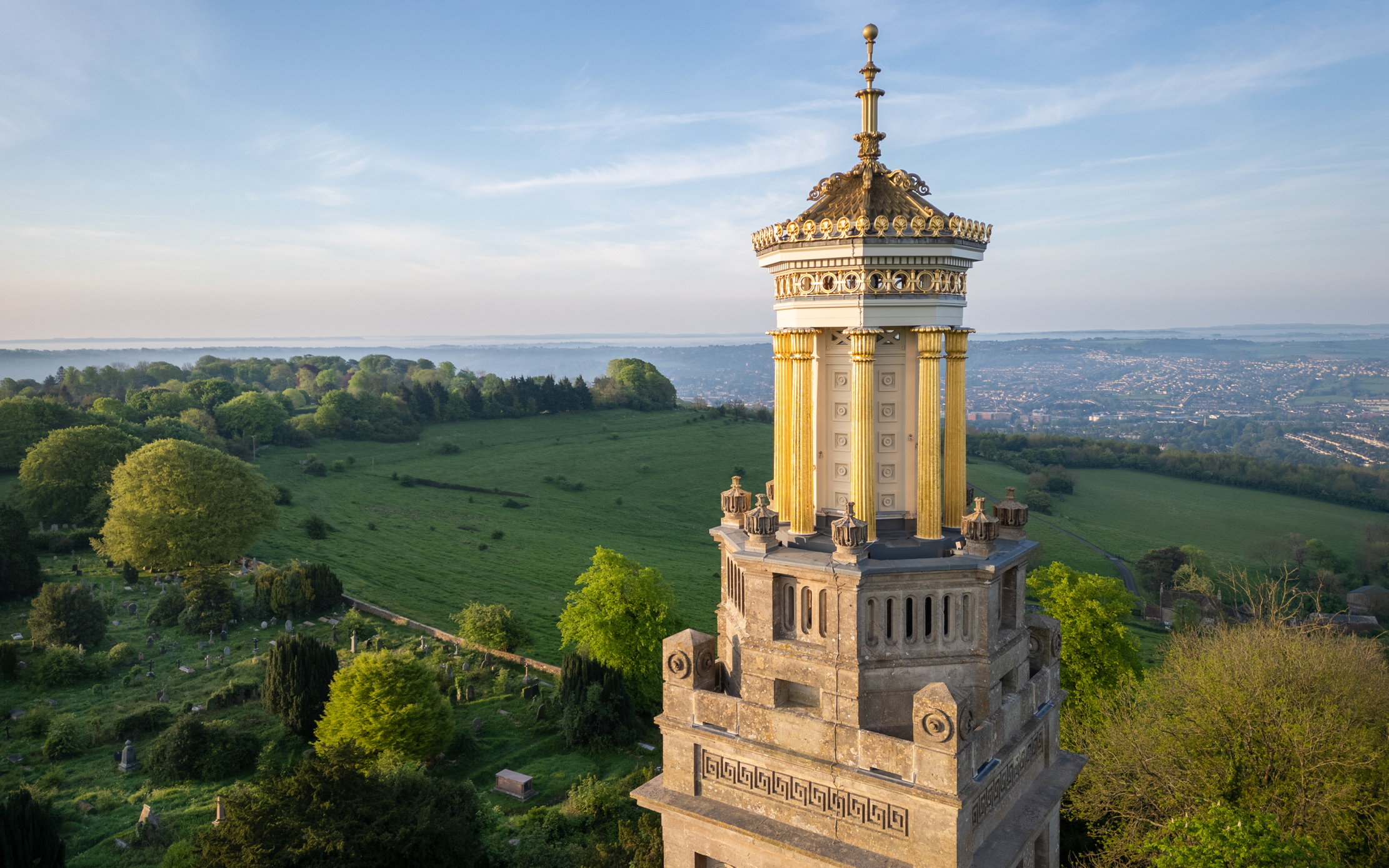 Best in class: This year's Georgian Group Architectural Award winners revealed
Best in class: This year's Georgian Group Architectural Award winners revealedThe Georgian Group’s Architectural Awards, sponsored by Savills, attracted another outstanding crop of entries this year. We reveal the winners, as chosen by a panel of judges chaired by Country Life's Architectural Editor, John Goodall.
-
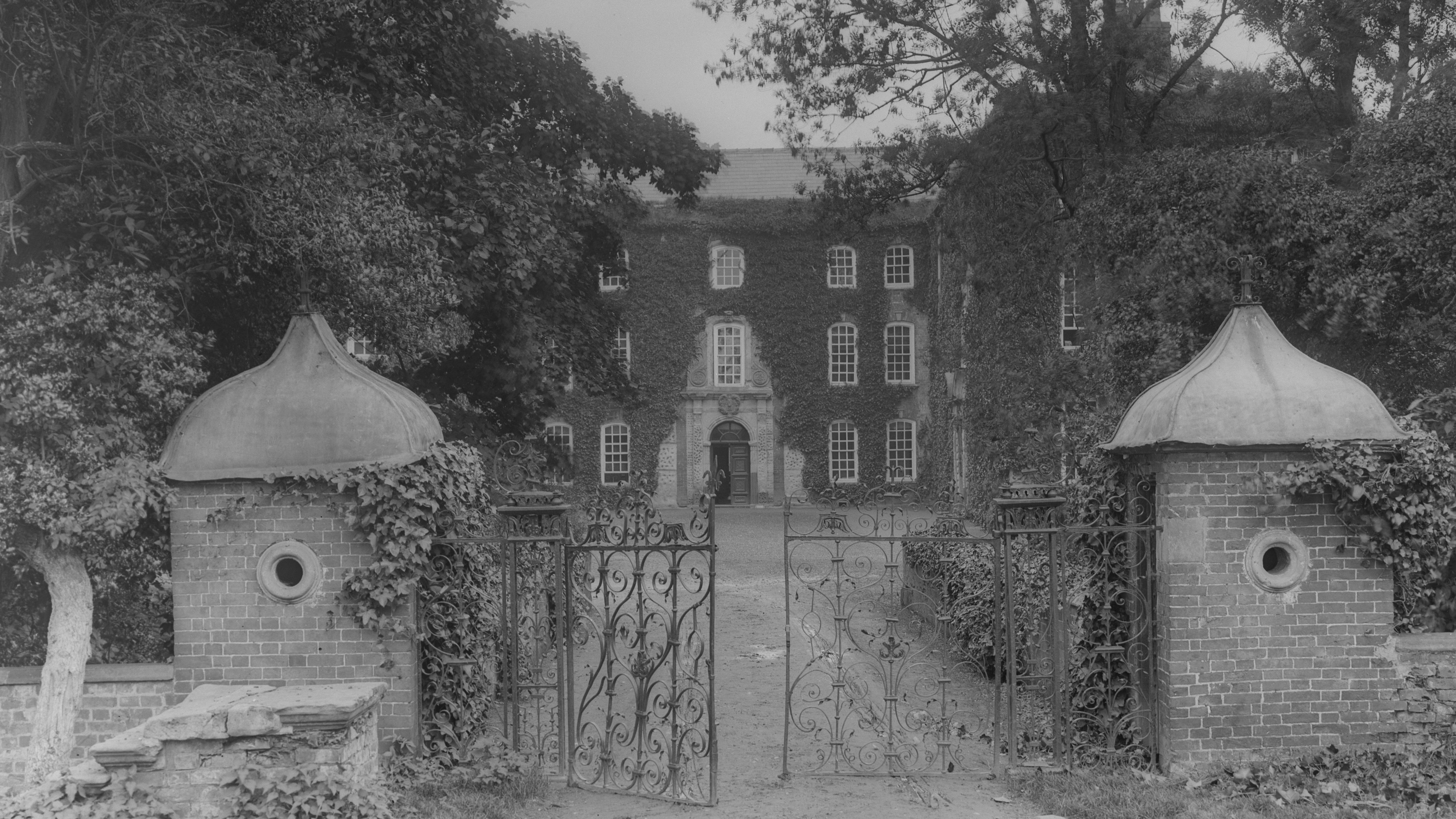 The rise, fall, rise and eventual demolition of a Welsh wonder with an intriguing link to the Duke of Westminster
The rise, fall, rise and eventual demolition of a Welsh wonder with an intriguing link to the Duke of WestminsterMelanie Bryan delves into the Country Life archives and the history of one of Wales’s most extraordinary manor houses.
-
 Exclusive: The House of Commons as you've never seen it before, 75 years on from reopening following its destruction during the Blitz
Exclusive: The House of Commons as you've never seen it before, 75 years on from reopening following its destruction during the BlitzThis year marks the 75th anniversary of the reopening of the House of Commons following the destruction of its predecessor in 1941 during the Blitz. John Goodall reports; photographs by Will Pryce.
-
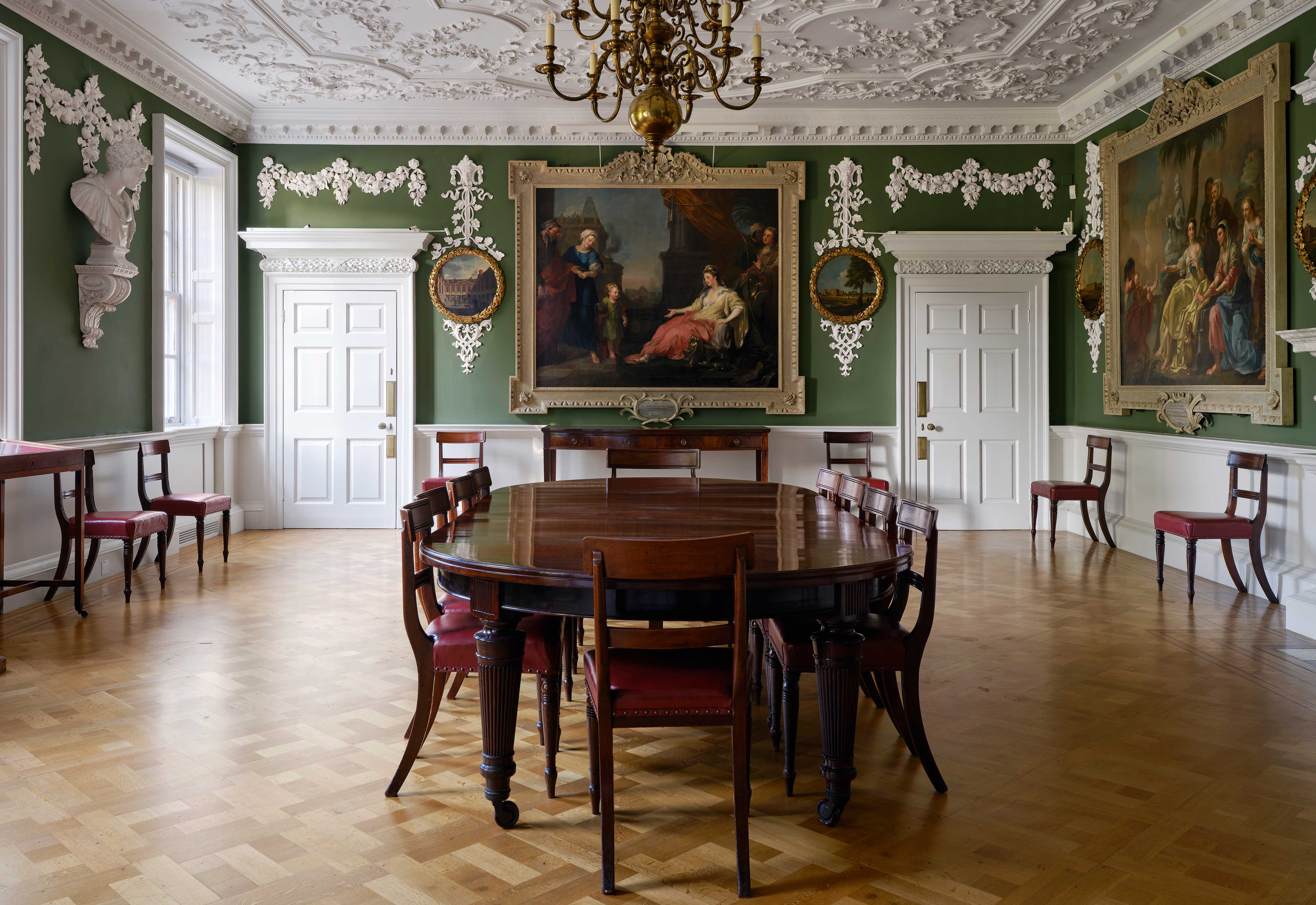 'A bluff, honest man in the trappings of greatness': The extraordinary story of the Foundling Hospital, and the sailor who saved the abandoned children of London
'A bluff, honest man in the trappings of greatness': The extraordinary story of the Foundling Hospital, and the sailor who saved the abandoned children of LondonA remarkable charitable endeavour to save abandoned children on the streets of London has a touching legacy in the form of the The Foundling Museum in the very centre of London. John Goodall tells its story; photographs by Will Pryce.
-
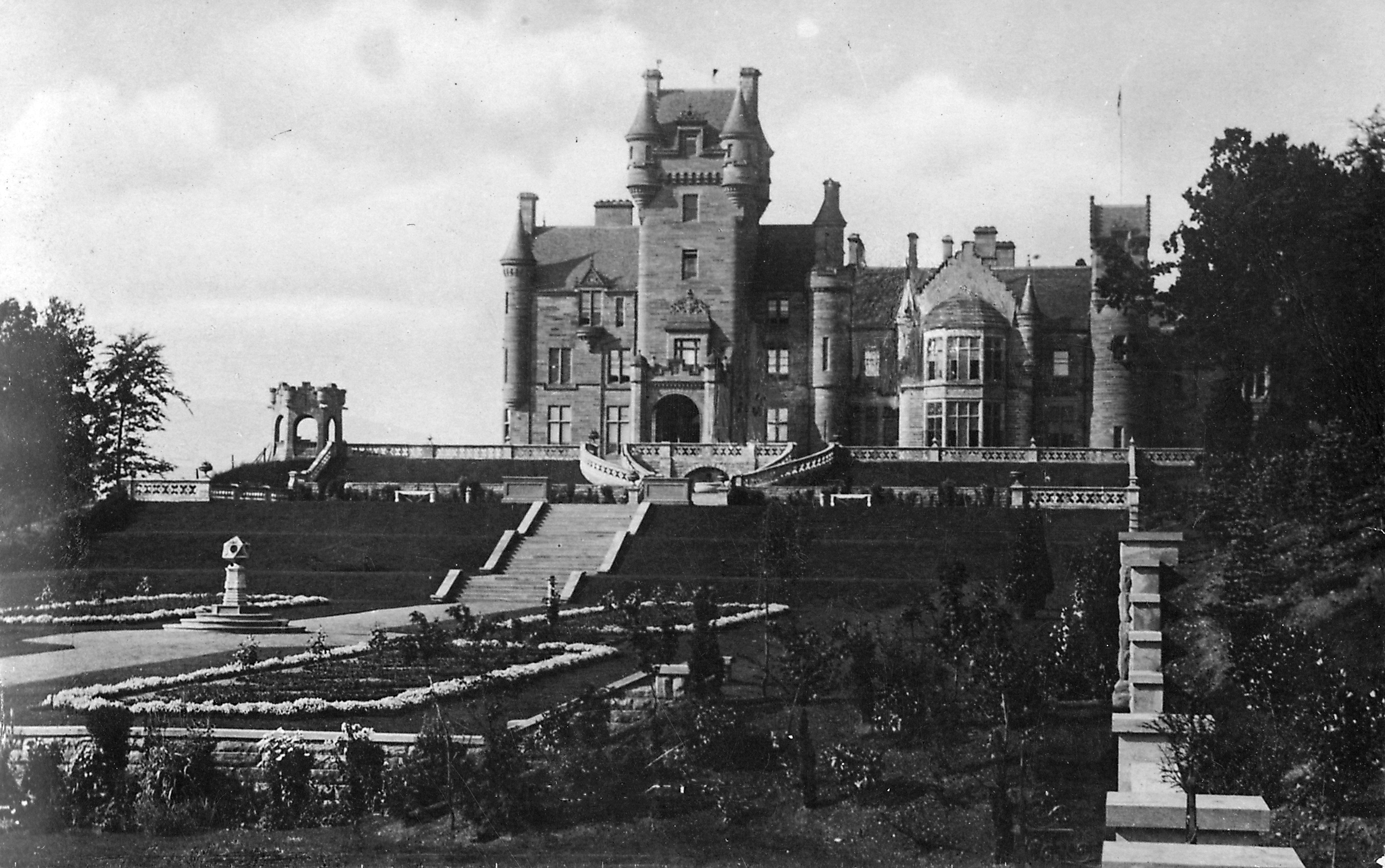 Where is 'The Traitors' filmed? Inside the Scottish castle sold via the pages of Country Life three times for an unbelievable amount
Where is 'The Traitors' filmed? Inside the Scottish castle sold via the pages of Country Life three times for an unbelievable amountMelanie Bryans delves into the Country Life archives and uncloaks the history of the turreted Highland castle made famous by the global TV franchise, 'The Traitors'.
-
 Stefan Pitman: Making great country houses cost less to heat than a suburban semi
Stefan Pitman: Making great country houses cost less to heat than a suburban semiThe trailblazing architect Stefan Pitman — founder of SPASE — joins the Country Life Podcast.